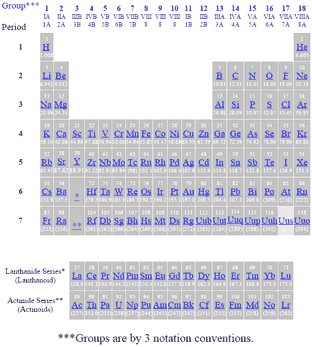


The detailed arrangement of the heavier atoms at the bottom of the table is not dealt with at this stage.However, as indicated in point 1 above, we have included some information on the atom and subatomic particles here in Gr. This is when they will formally learn that the atomic number indicates the number of protons in an atom. This is because the subatomic particles protons, neutrons and electrons will only be introduced later (in Gr. The meaning of the term atomic number (the number of protons in an atom of a given element).This same empirical approach has been used here to introduce the Periodic Table. Only later on when the model of the atom was further developed were scientists able to explain why elements are arranged as they are on the table. We are approaching it in the same way scientists did historically, namely, that they observed similarities and differences in elements and then used this information to arrange the elements in the table. However, the approach here has been to look at the Periodic Table as a means of classifying the elements. Therefore, some information on the atom has been included as an introduction. 8 in CAPS, whereas it was felt that some information on the atom was crucial at this stage to understand atomic numbers. Some important issues to note at this stage, namely: In reality the atomic number determines (rather than shows) the position of a given element on the table. We will deal with atomic number from the point of view that it shows the position of a given element on the Periodic Table. They will also learn that elements are arranged on the table according to their atomic numbers, starting with hydrogen (atomic number 1) at the top left hand corner and continuing from left to right across the table. They will learn about the main features of the Periodic Table and where the three categories of elements - metals, non-metals and semi-metals (also called the metalloids) - can be found. In this chapter learners are introduced to the Periodic Table of elements for the first time.


 0 kommentar(er)
0 kommentar(er)
